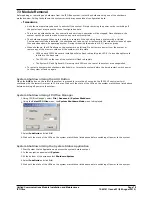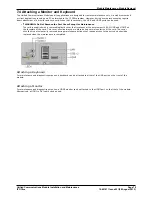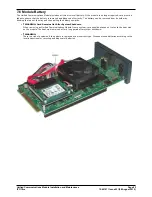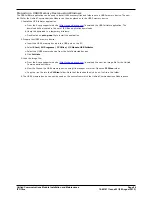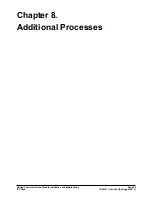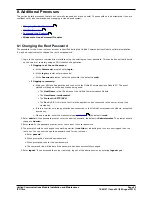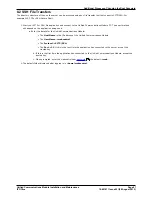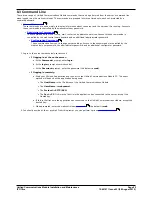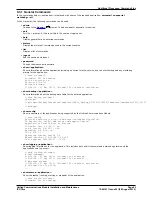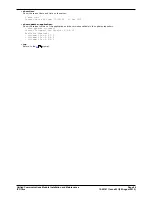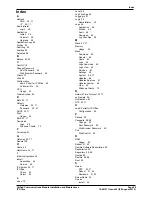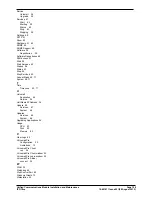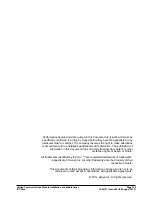
Unified Communications Module Installation and Maintenance
Page 92
15-601011 Issue 03l (28 August 2012)
IP Office
8.3 Command Line
There are a range of Unified Communications Module commands that can be performed from the server's command line
when logged in as the webcontrol user. The commands are grouped into three tiered sets, each set protected by a
separate password.
·
General Commands
These commands are used mainly to display information about the server and the services it is running. Access to
these commands is controlled by the webcontrol user password.
·
Administrator Commands
These commands allow you to stop, start, restart and update the services. Access to these commands is
controlled by the webcontrol user password and an additional administrator password.
·
Configuration Commands
These commands allow you to change server settings. Access to these commands is controlled by the
webcontrol user password, the administrator password and an additional configurator password.
1. Log in to the server's webcontrol user account:
·
If logging in at the on the server:
a. At the Command: prompt, enter login.
b. At the login: prompt enter webcontrol.
c. At the Password: prompt, enter the password (the default is web).
·
If logging in remotely:
a. Start your SSH shell application and connect to the Unified Communications Module PC. The exact
method will depend on the application being used.
·
The Host Name is the IP address of the Unified Communications Module.
·
The User Name is webcontrol.
·
The Protocol is SFTP/SSH.
·
The Port is 22. If this is the first time the application has connected to the server, accept the
trusted key.
b. If this is the first time the application has connected to the Unified Communications Module, accept the
trusted key.
c. When prompted, enter the webcontrol user
password
, the default is web.
2. You should now be at the > prompt. From this prompt you can perform various
general commands
.
93
95
96
49
93

